With Labour winning the election and ending 14 years of Conservative leadership, the new Education Secretary faces a difficult challenge. Attendance hasn’t recovered from the pandemic, schools are still struggling with the cost-of-living crisis, and wellbeing across staff and students is at an all time low. So, where should the new government start?
Too often, the challenge leaders face is not having the information to hand to know what’s working, and what’s not. With 6,500 schools using Arbor MIS, we’re able to provide live, national, statistically relevant data on the state of play in the education sector.
Our philosophy is that timely data and insights are critical to sparking conversations at school, MAT, LA and government level, and that the right data can help to shape the plans needed to support schools.
So we’re relaunching The Data Drop today to highlight recent trends in schools, and to share what we’ve learned – beginning with our starter for ten on the top challenges facing the new government.
–
1. Student attendance still hasn’t recovered from the pandemic – but the picture varies by school phase
Since the pandemic, schools widely report that attendance has declined. Our data shows that, for primary schools, attendance has performed consistently around the 94% mark. However, student attendance in secondaries has fluctuated and, broadly speaking, has been consistently lower than primaries at an average of 90%.
Looking more closely at secondaries, our data shows that as students move through school, their attendance gets worse – meaning Year 7s are the best attending year group. Year 11s have the worst attendance throughout the year, though the large lows in attendance in June and July 2023 reflect exam periods/study leave.
–
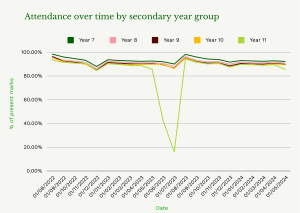
–
The number of persistent absentees paints a more worrying picture. While varying month on month, our data from September 2022 – June 2024 shows an average of 21.7% of the primary school pupil population are persistent absentees, with this rising to 30.7% of students in secondary schools.
We have defined students as persistent absentees in a given month if their attendance is less than 90% of total school days in that month.
–
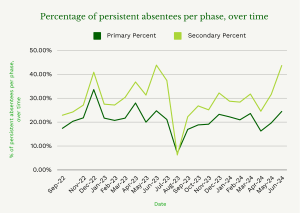
N.B. Spikes seen around December and Easter months will in part be because there are less school days in this month, which means it takes fewer absent days for a student’s in-month attendance to drop below 90%
–
2. Staff absence due to sickness is decreasing, but wellbeing absences are increasing
Staff absence related just to sickness is consistently much higher in secondary schools, with expected peaks around the winter months. Staff absence remains much lower across primary schools.
–
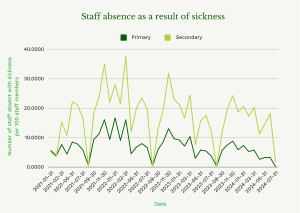
–
Staff absence as a result of wellbeing has increased across both primary and secondary schools since 2021.
In June 2021, 0.1958 staff members were absent as a result of wellbeing in primary schools per 100 staff members. This increased to 0.7978 in June 2024.
In June 2021, 0.2621 staff members were absent as a result of wellbeing in secondary schools per 100 staff members. This increased to 1.772 in June 2024.
“Wellbeing” is defined as absence where a school has selected “wellbeing” as the absence reason.
–
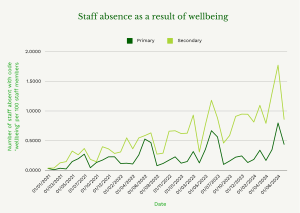
–
3. Suspensions are on the rise
In 2023-2024, 7.4% of all secondary school students received at least one suspension. This has increased YoY since 2019-2020, when only 3.7% of secondary school students received at least one suspension.
Suspensions were most prolific for Year 10s, with 10.1% of Year 10 students having received at least one suspension in 2023-4.
As might be expected, there are significantly fewer suspensions in primary schools compared to secondary schools. However, the number of pupils with at least one suspension has still more than doubled from 2019-2020 (0.5%) to 2023-2024 (1.1%).
–
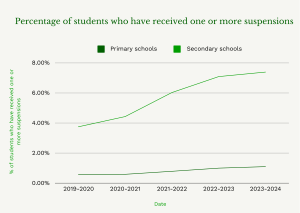
–
In secondary schools, 30% of child protection students have been suspended at least once this year, as have 21% of students in care, and 15% of SEN, Pupil Premium and FSM students.
–

–
With better access to data, we believe school, MAT, local authority and government leaders will be empowered to make better, faster decisions to improve schools and student outcomes. We’ll be publishing more insights in the coming weeks – watch this space!
–
Methodology
We take our insights from Arbor’s Data Warehouse, powered by Snowflake, which contains the anonymised data of schools in the Arbor community. As of today there are 6,707 English schools using Arbor, supporting over 2.5 million students. This data set represents 27.4% of the 24,453 schools in England. Our data includes 896 secondaries (26% of the 3,452 secondary schools in England), and 5,345 primaries (30.3% of the 16,764 primary schools in England). Arbor national averages track closely to DfE national averages.
–
About Arbor
At Arbor, we’re on a mission to transform the way schools work for the better, with brilliant, intuitive tools designed to make a difference.
We’re the UK’s most popular cloud-based MIS, and are used by over 6,000 schools and 400 MATs to work more collaboratively, free staff from unnecessary admin and make a measurable improvement to the way they work each day.



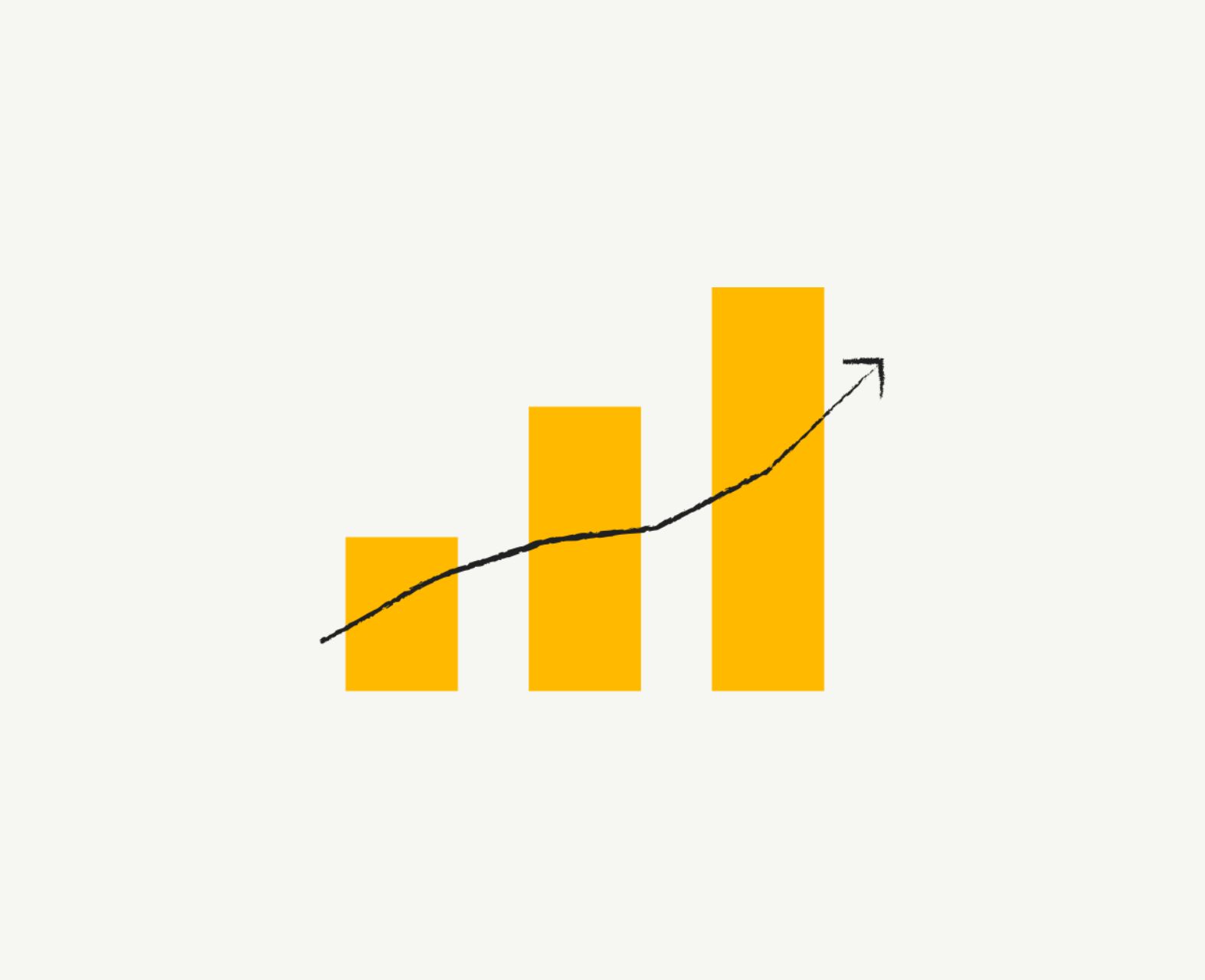
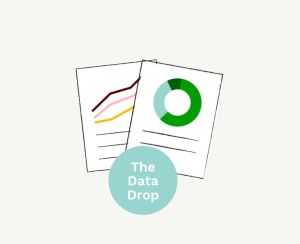

Leave a Reply